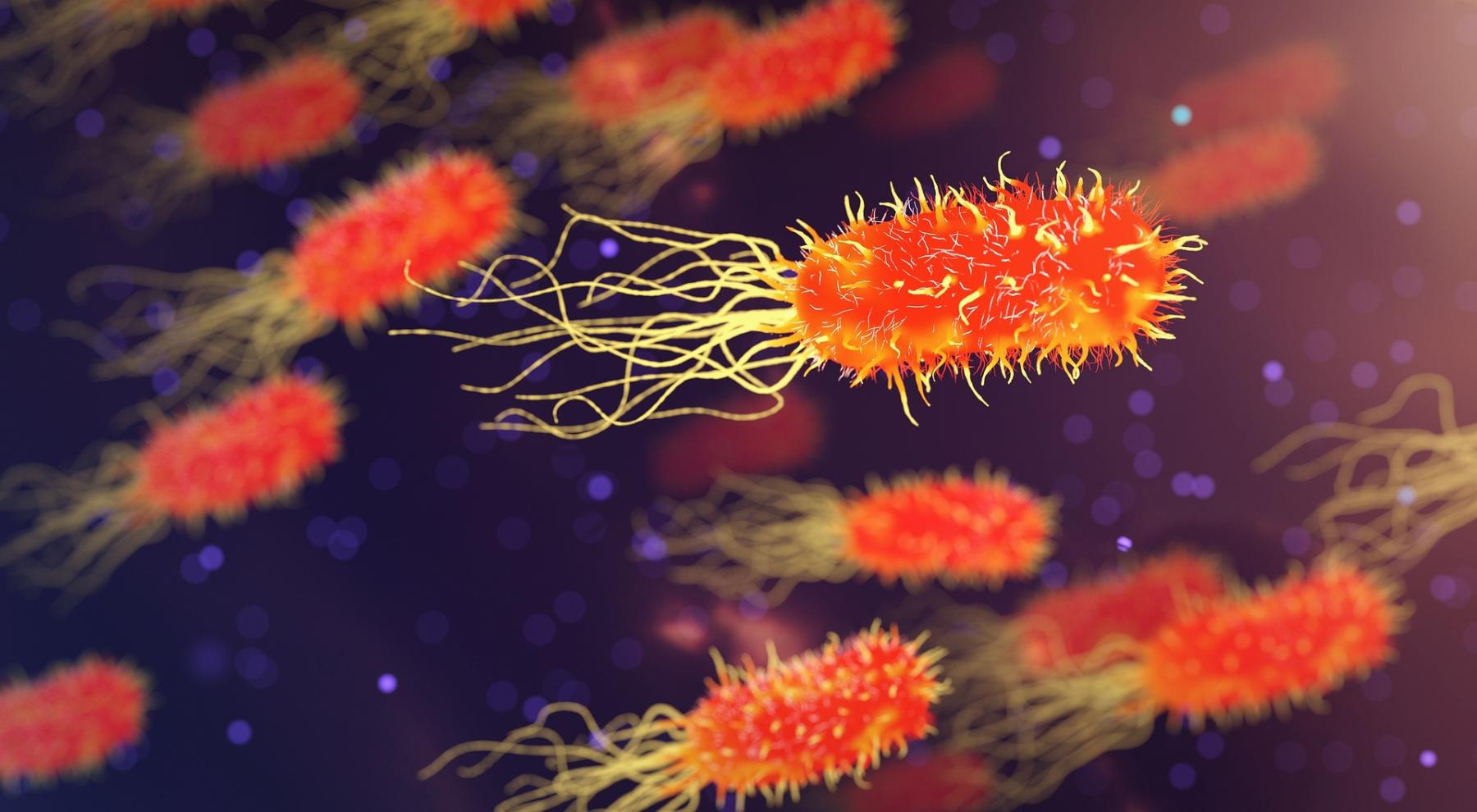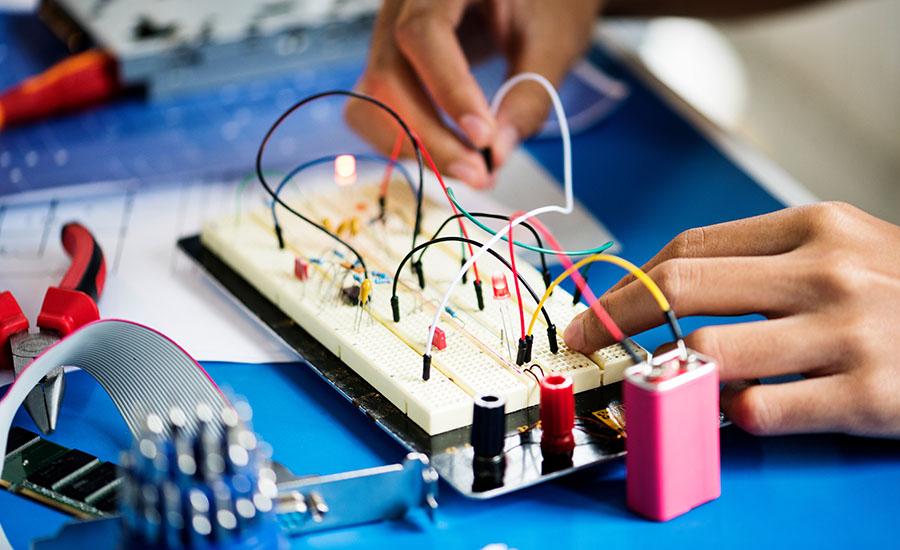
Microbial Serial Dilutions
This lesson is part of a project to isolate bacteria from soil and test it for antibiotic activity. This can be the start of the project or you can do lesson 1 soil microbes first. Though you do have to do this step before proceeding with the other lessons. This project is a real research experience for students and can be modified so students ask their own questions (example: change the type of soil). This lesson is based on the Tiny Earth project. Duration is of three days and students work in groups. Teacher prep can be up to 4 hours in sterilizing equipment and materials for students.
Lesson Plan Link/URL
https://docs.google.com/presentation/d/123Ou8uv65brBuXuRS0x8R6jutQIZzXpE/edit?u…Subject Area
Science Life Science L1: Cells Technology Mathematics Operations and Algebraic Thinking (OA)Related Content


This lesson is designed for Day 3. Students use outside resources to modify and test helmet effectiveness with Pocketlab sensors. In this hands-on lesson, students will create a prototype and run

This hands-on lesson helps students understand exponential functions by using an LED circuit. LED luminosity decreases at an exponential rate as more are added in series. As students add more lights